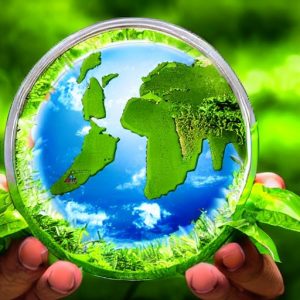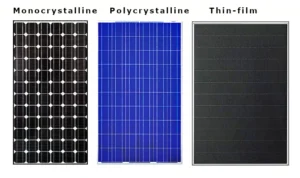Hydrogen: Exploring the Power of Electrolysis
Electrolysis is an innovative method for producing carbon-free hydrogen from renewable and nuclear sources. It involves using electricity to split water into hydrogen and oxygen. This process takes place in an electrolyzer, which can vary in size from small appliances for decentralized hydrogen production to large-scale facilities connected to renewable or non-greenhouse-gas-emitting electricity generation.

There are different types of electrolyzers, such as polymer electrolyte membrane (PEM) electrolyzers, alkaline electrolyzers, and solid oxide electrolyzers. Each works differently based on the type of electrolyte material used and the ionic species it conducts.
In a PEM electrolyzer, a solid plastic material acts as the electrolyte. Water reacts at the anode, producing oxygen and positively charged hydrogen ions. The electrons flow through an external circuit, while the hydrogen ions move across the PEM to the cathode. At the cathode, hydrogen ions combine with electrons to form hydrogen gas.
Alkaline electrolyzers use hydroxide ions (OH-) to transport hydrogen from the cathode to the anode. They can use liquid alkaline solutions or solid alkaline exchange membranes as electrolytes.
Solid oxide electrolyzers employ a ceramic material that conducts negatively charged oxygen ions at high temperatures. Steam combines with electrons at the cathode to produce hydrogen gas, while oxygen ions pass through the ceramic membrane and react at the anode to form oxygen gas.
Solid oxide electrolyzers require elevated temperatures to function properly, whereas PEM electrolyzers and commercial alkaline electrolyzers operate at lower temperatures. Advanced solid oxide electrolyzers based on proton-conducting ceramic electrolytes show potential for reducing the operating temperature and utilizing available heat sources.
Overall, electrolysis offers a promising solution for producing carbon-free hydrogen by utilizing electricity and water in various types of electrolyzers.

